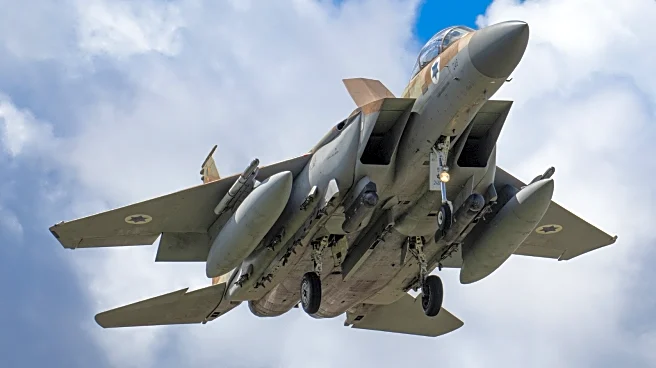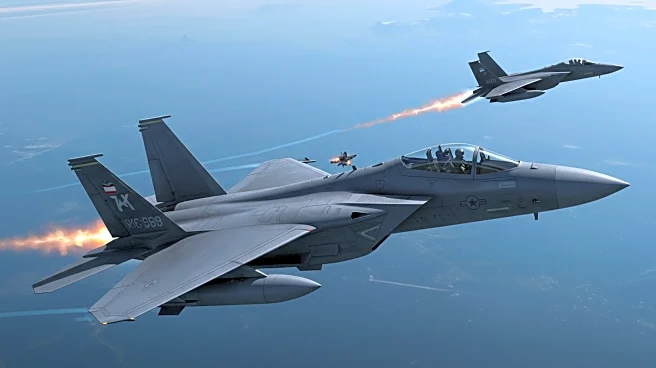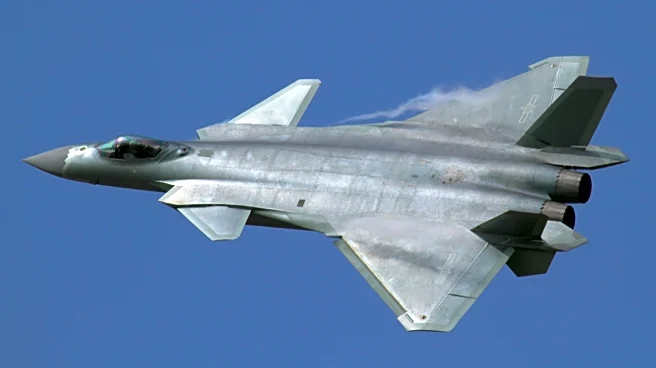Rapid Read • 7 min read
The U.S. Air Force and Space Force have unveiled budget plans that prioritize the development of new weapons and technology while proposing significant cuts to civilian jobs. The Air Force plans to procure Family Affordable Mass Missiles (FAMM), a new type of cost-effective cruise missile, alongside other missile systems. The budget also aims to enhance intelligence, surveillance, and reconnaissance capabilities. The Space Force is focusing on satellite communications and counterspace systems, including the development of the Bounty Hunter electronic warfare system. Both forces are set to increase personnel numbers, with the Air Force planning a 3.8% pay raise for service members. However, the budget includes cuts to civilian jobs and contracting services, amounting to $2.3 billion in savings.
AD
The budget decisions reflect a strategic shift towards strengthening military capabilities in response to evolving global threats. The emphasis on missile systems and counterspace technologies highlights the U.S. military's focus on maintaining superiority in key areas such as long-range strike capabilities and space operations. The reduction in civilian jobs and contracting services may impact support roles and operational efficiency, raising concerns about workforce optimization. The budget increase for personnel and pay raises indicates a commitment to maintaining a robust and motivated military force. These developments could influence defense industry stakeholders and impact U.S. military readiness and strategic positioning.
The implementation of these budget plans will likely lead to increased procurement activities and development projects within the defense sector. The focus on new missile systems and space technologies may drive innovation and collaboration with defense contractors. The reduction in civilian jobs could lead to workforce restructuring and potential challenges in maintaining operational support. Stakeholders, including defense industry leaders and policymakers, will be closely monitoring the impact of these budgetary changes on military capabilities and workforce dynamics. Future budget reviews and adjustments may be necessary to address any emerging challenges or opportunities.
AD
More Stories You Might Enjoy











